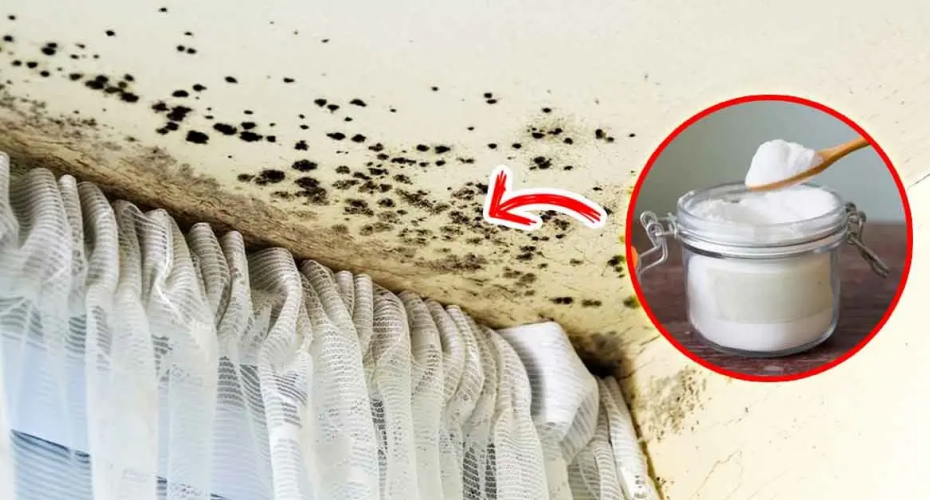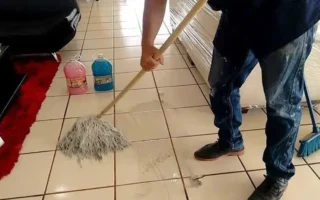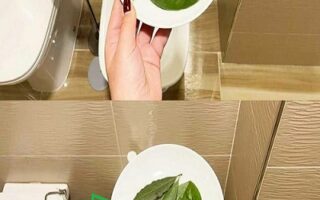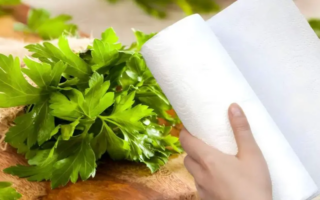Mold is a problem that many families suffer from. In addition to their unpleasant appearance, molds cause respiratory allergies, especially when their spores are inhaled. But there are simple, effective solutions to get rid of these microscopic fungi, without using toxic products like bleach. Discover these 4 homemade solutions to eliminate mold from your walls for good.
Molds grow in damp, poorly ventilated areas. It can be recognized by its mildew-like odor and the presence of black or greenish spots. Mould can affect walls, ceilings and windowsills.
Mold stains on the wall
How to get rid of mold on walls for good?
White vinegar
This natural household product is very popular for home maintenance and mold removal. It’s safe to use on any wall in your home, as it doesn’t give off toxic fumes. Simply pour white vinegar into a spray bottle and spray it onto the walls affected by mildew. Leave for 5 minutes and wipe the walls clean with a microfiber cloth.
remove mold from walls
Melaleuca essential oil
This essential oil is effective in eliminating mold thanks to its antifungal properties. To use, mix 100 ml white vinegar with 12 drops of melaleuca essential oil in a spray bottle. Spray the solution onto the walls, leave for an hour and dry with a dry cloth. If stains persist, repeat the operation, adding a few drops of lemon juice to the bottle, which is also a natural fungicide. Then air the room to eliminate the smell of the solution, and dry the walls thoroughly.
Baking soda
This essential cleaning product is highly effective in removing mildew stains from walls. To use, mix 200 ml of water with a tablespoon of baking soda in a spray bottle. Shake the bottle well and spray the solution onto the areas to be treated. Then rub the stains with a sponge or an old toothbrush. Don’t hesitate to repeat the operation for stubborn stains. For stubborn stains, don’t hesitate to dampen them again with this solution. Leave the solution on the wall for a few minutes and rinse with a damp towel. Ventilate the room to dry the walls, as dampness is the source of mould.
Le peroxyde d’hydrogène
Grâce à ses propriétés antifongiques et antibactériennes, le peroxyde d’hydrogène élimine les moisissures sans nuire à l’environnement et sans laisser de résidus toxiques. Il s’agit toutefois d’un produit corrosif, à manipuler avec précaution. Son utilisation est simple. Il suffit de vaporiser ce produit sur les parties du mur touchées par les moisissures. Laissez agir quelques minutes et essuyez le mur avec un chiffon propre.
Comment éviter les moisissures sur les murs ?
Après avoir éliminé les traces de moisissures sur les murs, il est important de prendre les bonnes mesures pour éviter les problèmes d’humidité qui favorisent le développement de ces champignons microscopiques. Il faut savoir que l’excès d’humidité provoque non seulement le développement des moisissures, mais aussi la dégradation des murs. En effet, lorsqu’un mur est humide, sa peinture s’effrite et le papier peint s’abîme et se décolle.



